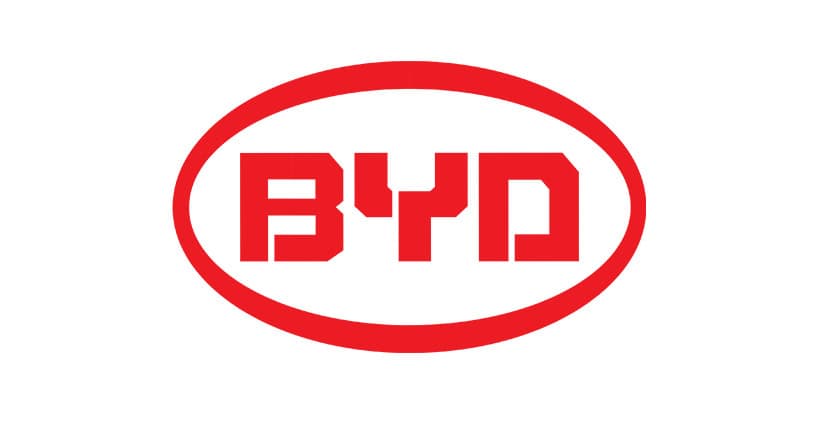I. Introduction: The AI Career Crossroads
It’s 2025, and artificial intelligence isn't just trending—it's completely redefining how industries operate, how businesses hire, and how we think about careers. From autonomous systems to generative AI applications, we're living in a time when software engineers are no longer just writing code. They're shaping intelligence. If you're a developer, data analyst, or tech-savvy professional, this shift can feel overwhelming. But it also opens doors—especially for those ready to pivot. A career move into artificial intelligence, particularly machine learning (ML), is not only timely but transformative. In this guide, we’ll break down exactly how you can transition into AI in 2025—step by step, with real examples, practical tools, and strategic advice. We’ll also highlight how InterviewNode can help streamline this journey through tailored ML interview preparation.II. The AI Job Market in 2025: Opportunities and Trends
High-Demand Roles in AI
The AI ecosystem has expanded dramatically. Companies are no longer just looking for generalists; they want:- Machine Learning Engineers to develop scalable ML systems.
- Data Scientists to derive insights and make data actionable.
- AI Researchers who push the boundaries of what's possible with new models and architectures.
- AI Product Managers who can translate customer needs into AI solutions.
- MLOps Engineers to automate and optimize the ML lifecycle.
- NLP Engineers for tasks like sentiment analysis, chatbots, and document summarization.
- Prompt Engineers to craft, evaluate, and iterate on inputs for large language models.
Industry Demand
Demand is skyrocketing in almost every sector:- Healthcare: ML is powering diagnostics and drug discovery.
- Finance: Fraud detection, credit scoring, algorithmic trading.
- Retail: Predictive analytics and personalized recommendations.
- Media & Entertainment: Generative AI tools for content creation.
- Government & Defense: Surveillance, logistics, threat detection.
The Talent Gap
Despite the buzz, there's still a severe shortage of job-ready ML talent. Many candidates have academic knowledge but lack practical experience. This is where platforms like InterviewNode come in—bridging the gap between learning and getting hired. By focusing on applied ML, coding questions, and realistic mock interviews, InterviewNode helps engineers become truly job-ready.III. Assessing Your Starting Point
Self-Evaluation: Where Are You Now?
Career pivots start with self-awareness. Ask yourself:- What do I already know?
- Where do I have experience?
- What skills are transferable to ML?
- What areas do I need to build from scratch?
Transferable Skills
Here’s how your current background can pivot:- Backend Developer → ML Engineer: Strong coding and system architecture skills.
- Data Analyst → Data Scientist: Familiarity with data cleaning and visualization.
- DevOps Engineer → MLOps: Experience with CI/CD, Docker, and cloud deployment.
- Mobile/Web Developer → Applied ML roles: Useful for integrating ML into user-facing products.
Mindset Shift
The transition into AI requires more than just new skills. It demands:- A willingness to relearn fundamentals.
- Comfort with experimentation.
- Long-term commitment to learning.
IV. Building Your AI Skillset: Education and Learning Paths
Core Concepts to Master
If you're serious about transitioning into AI, you need a solid grounding in:- Supervised and Unsupervised Learning
- Feature Engineering
- Regularization (L1/L2), Overfitting/Underfitting
- Gradient Descent and Optimization Techniques
- Decision Trees, Random Forests, XGBoost
- Neural Networks, CNNs, RNNs
- Transformers and Large Language Models
- Model Evaluation Metrics (Precision, Recall, F1, AUC)
Best Learning Resources (2025 Edition)
- InterviewNode – Specialized for ML interview prep with modules on theory, coding, and system design. Includes mock interviews and real recruiter feedback.
- Coursera – Andrew Ng's ML Specialization and Deep Learning Series.
- Fast.ai – Focused on practical deep learning with minimal math.
- Kaggle – Real-world datasets, notebooks, and competitions.
- MIT OpenCourseWare – Free, high-quality university lectures.
- Books – "Hands-On ML with Scikit-Learn and TensorFlow" by Aurélien Géron.
Hands-On Learning
Theory is critical, but nothing replaces project-based learning. Start with projects like:- Customer churn prediction
- Object detection using YOLO or Faster R-CNN
- Sentiment analysis of movie reviews
- News categorization using BERT
- Forecasting time-series stock data
V. Crafting a Compelling AI Resume and Portfolio
Resume Tips
You need to position yourself as AI-ready. This means:- Leading with AI/ML projects
- Clearly stating technical proficiencies (e.g., TensorFlow, PyTorch, scikit-learn, pandas)
- Adding metrics: “Improved model accuracy from 72% to 86%”
- Mentioning platforms like InterviewNode to signal you’re interview-prepped
Portfolio Development
Great portfolios tell a story. Include:- 4-6 well-documented ML projects
- GitHub links and Jupyter notebooks
- A personal site or blog with walkthroughs
- Interactive demos (Streamlit, Gradio, Hugging Face Spaces)
Online Presence
Let recruiters find you.- Optimize your LinkedIn headline: “Software Engineer transitioning to ML | Completed 6 AI projects | Actively interviewing"
- Engage in AI discussions on Twitter, Reddit, and Hacker News
- Share your InterviewNode prep journey—it shows commitment and authenticity
VI. Navigating the ML Interview Process
What to Expect
ML interviews are structured but diverse. Expect:- Technical Phone Screen – Leetcode-style problems, data wrangling tasks
- ML Theory Round – Deep dive into key concepts
- Project Deep Dive – Discuss your past work in detail
- System Design for ML – Think: build a fraud detection pipeline
- Behavioral Round – Communication, collaboration, growth mindset
Common Questions
- What’s the difference between precision and recall?
- How would you handle a highly imbalanced dataset?
- Explain how dropout works in a neural network.
- Describe the lifecycle of a machine learning model in production.
Preparation Strategies
- Practice with InterviewNode’s mock interviews and feedback tools
- Review past projects and rehearse your thought process
- Brush up on math-heavy concepts like probability distributions and matrix operations
- Prepare your own ML case studies—storytelling matters
VIII. Overcoming Challenges and Staying Motivated
Common Obstacles
- Feeling overwhelmed by how much there is to learn
- Fear of not being "technical enough"
- Getting ghosted after interviews
- Comparing yourself to others in the field
Solutions
- Break goals into 1-week sprints
- Follow a structured program (like InterviewNode)
- Join peer groups and study cohorts
- Focus on progress, not perfection
IX. The Future of AI Careers: What's Next?
Trends to Watch
- Multimodal AI: Combining text, images, audio in models
- Agentic AI: Tools that reason, plan, and act
- Personalized AI Assistants: Embedded in apps and workplaces
- Ethical AI & Explainability: Growing regulation and transparency standards
Learning Never Stops
- Subscribe to newsletters like The Batch, Import AI
- Follow conferences: NeurIPS, CVPR, ICML
- Keep coding: Join a Kaggle competition every quarter
Career Mapping
Ask yourself:- Do I want to go deep (research) or wide (product)?
- Do I want to lead teams or stay hands-on?
- What problem space excites me the most: healthcare, climate, education?





